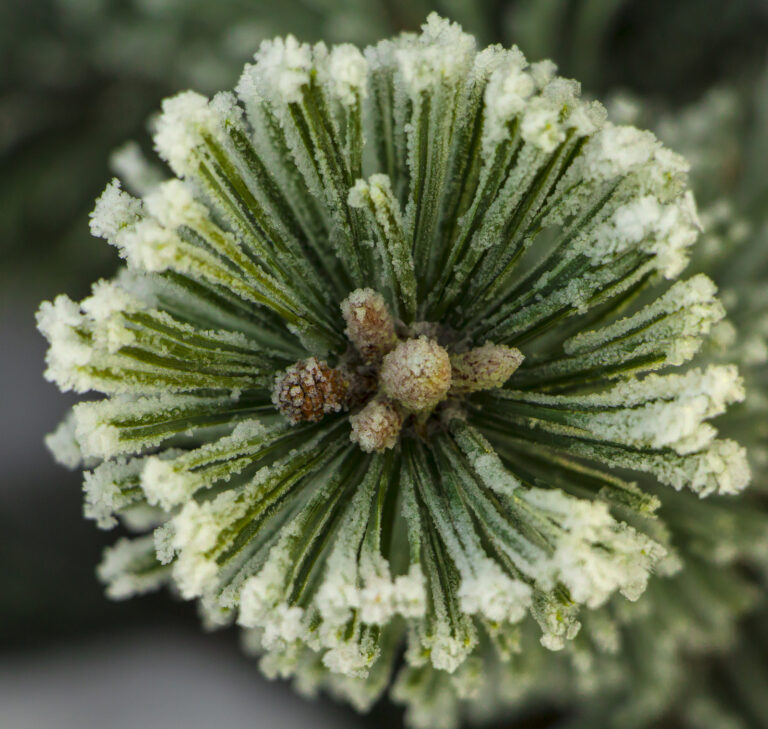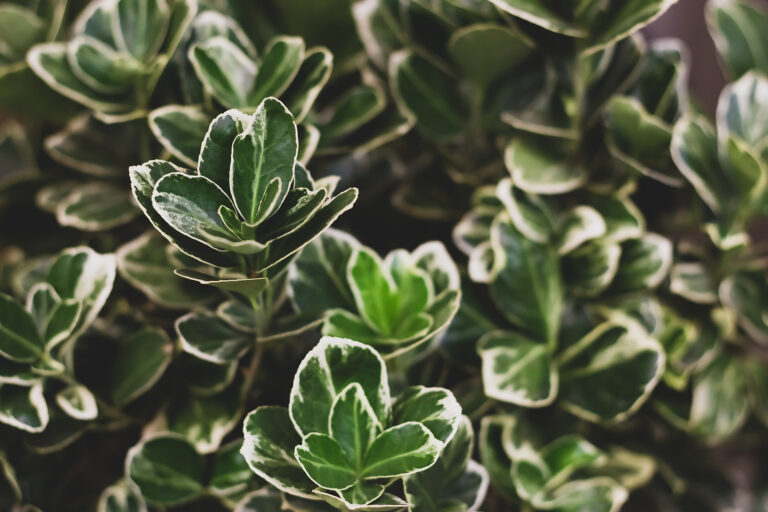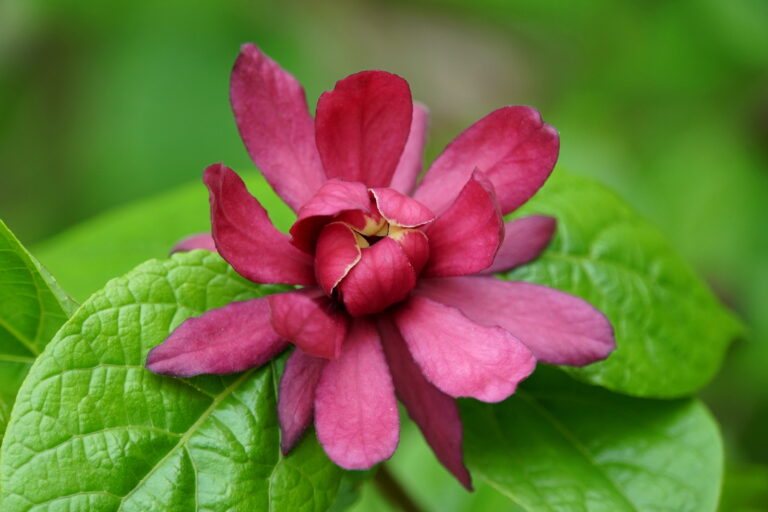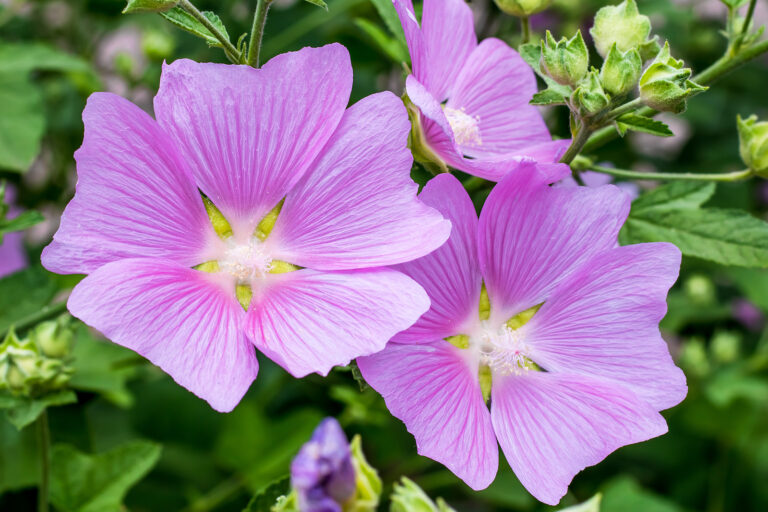How to Grow Desert Willow — Chilopsis
Chilopsis–commonly called desert willow or desert catalpa–is a deciduous shrub or small tree that bears trumpet-shaped flowers in summer followed by catalpalike fruit in autumn.
Chilopsis is open and airy. With age, it develops shaggy bark and a twisting trunk. The leaves are linear and mid-green. The flowers are borne in racemes of white to purple-red.
Chiliopsis is drought-tolerant once established. It is a useful border shrub in warm, dry regions.
Chilopsis is a genus of one species. It is native to the Southwestern United States and Mexico.
Get to know Chilopsis
- Plant type: Deciduous shrub or small tree
- Growing zones and range: Zones 8 and 9
- Hardiness: Hardy to Zone 8
- Height and width: 6 to 25 feet (2-8m) tall and wide
- Foliage: Linear, enire, often curved leaves to 8 inches (20cm) long; bark becomes shaggy with age
- Flowers: Racemes of large trumpet-shaped flowers with crimped lobes are yellow-motted, white, pink, lilac, lavender, or purple flowers
- Bloom time: Sporadically throughout the summer
- Fruit: Heavy crop of catalpalike fruit through the winter can be messy
- Uses: Border in warm, dry regions
- Common name: Desert willow
- Botanical name: Chiliopsis
- Family name: Bignoniaceae
- Origin: Southwestern United States
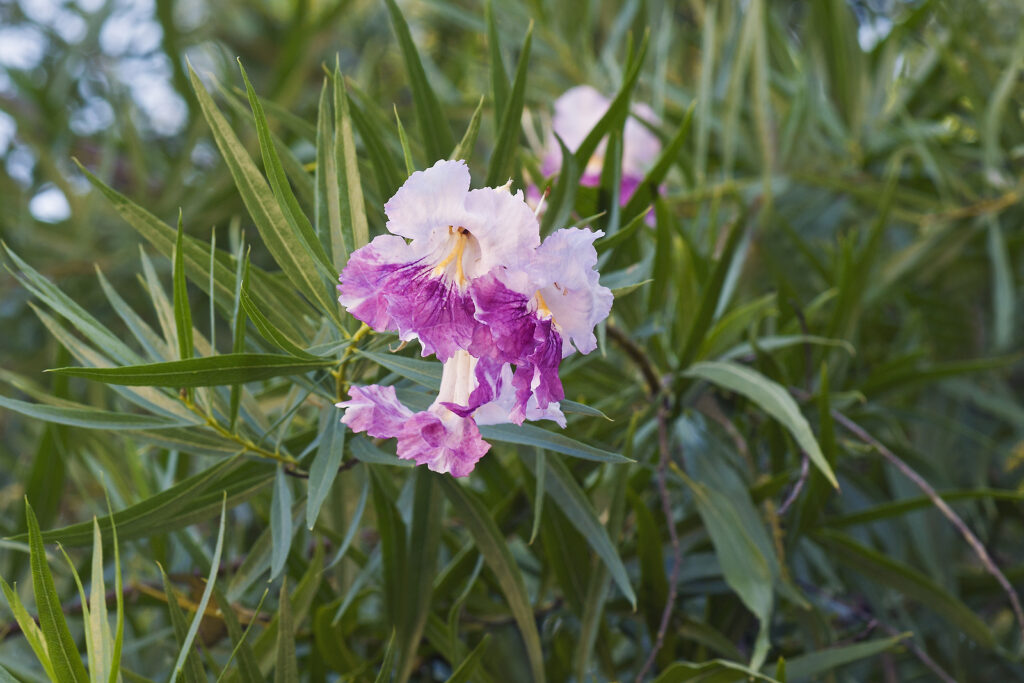
Where to plant Chilopsis
- Plant Chilopsis in full sun.
- Chilopsis will grow in average to sandy soil well-drained soil.
- Chilopsis can be grown in a container in a greenhouse where it is not hardy.
When to plant Chilopsis
- Set container-grown Chilopsis in the garden in spring or autumn.
Planting and spacing Chilopsis
- Space Chilopsis 6 to 25 feet (2-8m) apart.
How to water and feed Chilopsis
- Chilopsis requires moderate water when young, little water as it ages. It is drought tolerant once estblaished.
- Feed Chilopsis with a balanced liquid fertilizer monthly.
Chilopsis care
- Chilopsis is shrub-like but can be trained as a tree.
- Pruning can keep Chilopsis handsome.
Chilopsis pests and diseases
- Seedlings are sometimes prone to root rot.
Chilopsis propagation
- Sow seed in very warm soil.
- Take soft- or hardwood cuttings in spring or summer.
Chilopsis varieties to grow
- Chilopsis linearis. Upright, densely branched shrub or tree; grows 6 to 25 feet (2-8m) tall and wide; linear, curved leaves; bears large trumpet-shaped, yellow-mottled, white, pink, lilac, lavender, or purple flowers during the summer. Cultivar ‘Burgundy’ has deep purplish flowers; ‘Cameo’ is pure white with a yellow-striped throat; ‘Pink Star’ is light pink with some purple striping.


